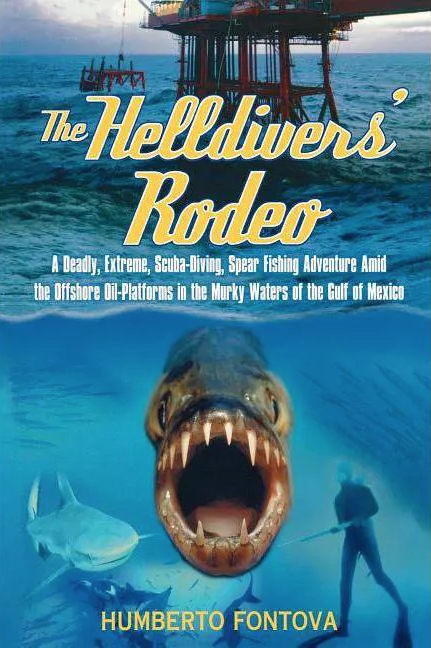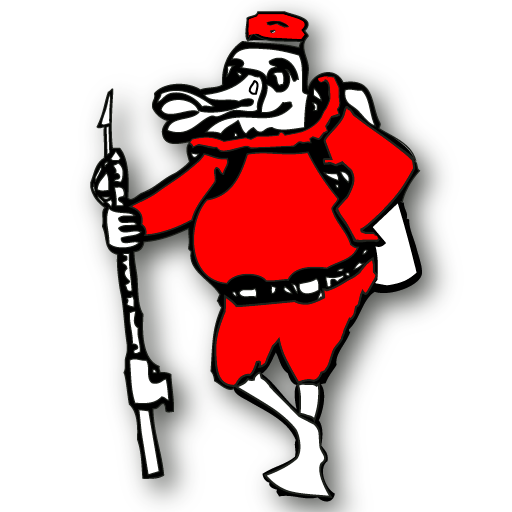ABOUT
The Hell Divers
by Kari Dequine Harden, Gambit New Orleans
Started in 1963 by a dozen Metairie mailmen with a passion for spearfishing, the Hell Divers Spearfishing Club is one of the oldest in the nation.
The club limits its membership to 33, and membership requirements include being “proficient divers, the ability to stay out of trouble, helpful on the dive trip, and display a commitment to the club.” They also must be scuba certified and a member of the Louisiana Council of Underwater Dive Clubs (LCUDC). The Hell Divers’ mission is to build knowledge about diving by using it for sports and scientific exploration to determine safe depth limits for divers and to help preserve sea life habitats, and to increase interest in the sport through education programs.
The Hell Divers meet twice a month, go on regular dive trips in the Gulf of Mexico and other locales, and compete in an annual rodeo for the largest amberjack, barracuda, cobia, grouper and red snapper, among other fish.
The inaugural rodeo was held at the Lake Pontchartrain lakefront in 1963 and had a competition for sheepshead. Today, sportsmen come from across the nation to compete in the rodeo, which celebrated its 50th anniversary June 2 with a weigh-in and celebration at Kenner City Park.
In addition to promoting and preserving the sports of diving and spearfishing, the club, along with the LCUDC, has partnered with the University of New Orleans, the University of Southern Mississippi and the National Ocean and Atmospheric Association to conduct research, including studies of the invasive lionfish and the tarpon.
The Helldivers’ Rodeo
A deadly extreme scuba diving, spear fishing adventure amid the offshore oil platforms in the murky waters of the Gulf of Mexico.
This highly entertaining read follows the adventures of a pack of New Orleans-based middle-aged crazies whose idea of “sport” is hunting dangerous fish near offshore oil rigs. The book is part Hunter Thompson “gonzo”-style tale about “kick-ass, deep-diving, monstrosity-spearing rig divers,” and part paean to the fearless diving sportsmen of the 1950s including a young Jacques Cousteau, who first taught American divers about the “kill zone” at a shark’s forehead who the author sees in the same role as the first men who crossed the Bering land bridge and found virgin hunting lands teeming with unsuspecting prey on a new continent.
Fontova provides a fine, detailed history of the pastime that causes 98% of all diving accidents. He artfully describes the birth of the nation’s first fishing rodeo, which later introduced a spearfishing division attracting “divers from all over the world” to the fertile waters near and then farther beyond New Orleans. He adeptly depicts the development of technology that allows men to dive to depths below 200 feet; the reasons why grown men band together in small groups often in competition and risk the loss of life and limb to see who can capture the biggest fish; and the helldivers’ moments of relaxed triumph, which can all be summed up by one of Fontova’s diving pals: “We had our thrill, and we got some dynamite steaks.” (May)Forecast: The current enthusiasm for extreme and dangerous sports of all kinds, combined with an ecstatic blurb from Ted Nugent, bodes well for this book.



